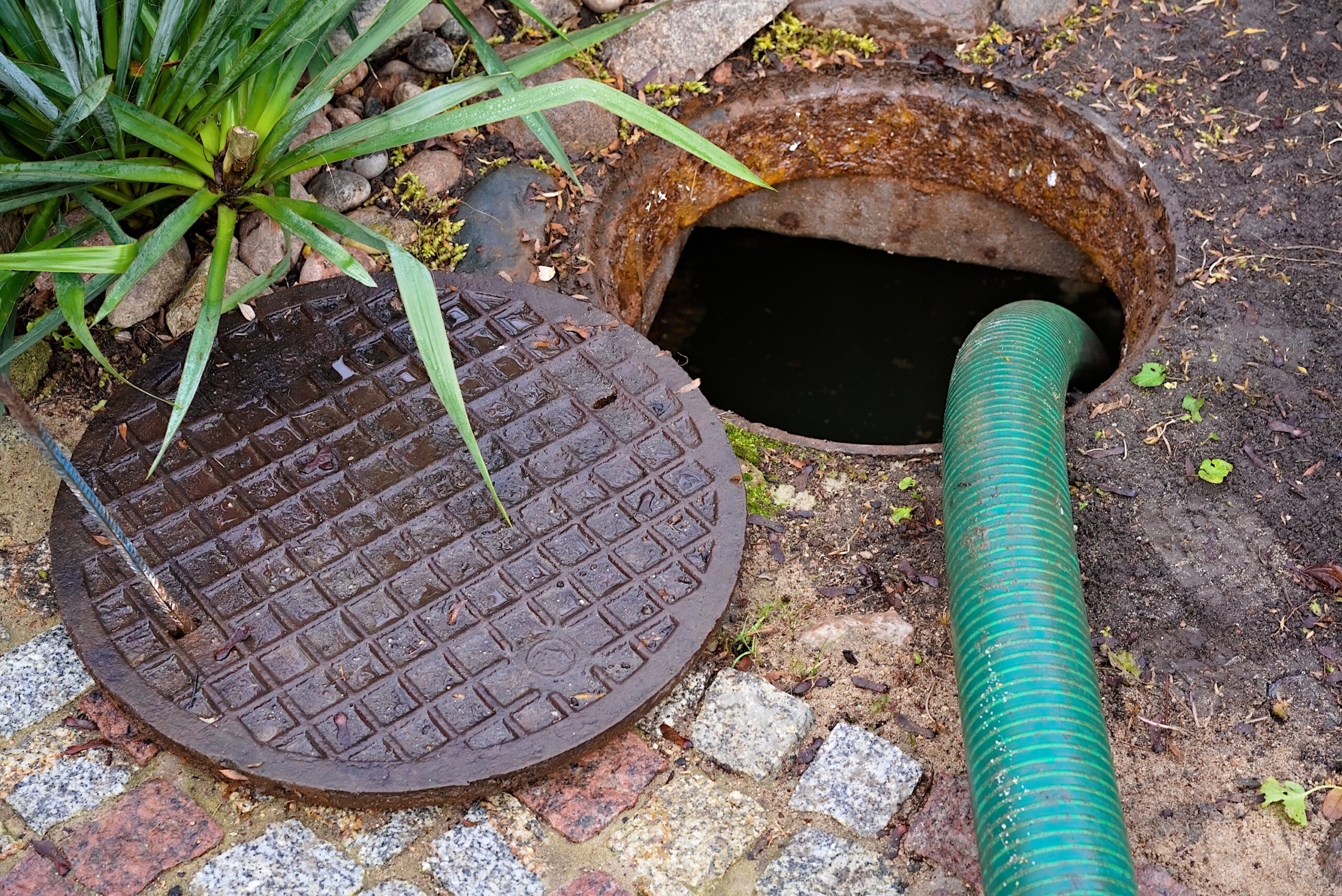Septic systems are typically more environmentally friendly than comparable sewer systems because they return water to the local ecosystem to support plant and animal life in the area. Sewer systems, by contrast, usually return the treated water to a river or large body of water, allowing it to end up many miles from its original source and removing it from the local ecosystem entirely. Household septic systems can develop serious problems if not properly maintained and managed. These issues can have a significant effect on the livability and property value of the home. In some cases, local or municipal regulations may require extensive and costly repairs if septic system issues are not remediated in a timely way. Managing the household septic tank properly is the key to avoiding these issues and, where necessary, remediating any ongoing problems with this important element of the home.
Signs of septic system problems
While some failing septic systems may not show any visible signs of deterioration, homeowners should consider septic remediation if they are experiencing any of the following issues with their current system:
- Slow drains
- Clogged or blocked drainage pipes
- Backups of the septic system
- Unpleasant odors in the area of the septic tank
- Tests indicating gas emissions from the tank
- Standing water over the septic system
- Frequent pumping to maintain performance
- Excessive water in the tank
These common septic tank problems are caused by the low efficiency of anaerobic bacteria in breaking down and eliminating the solid waste present in household wastewater.
The solution is simple
Commercial and municipal water treatment plants use large-scale lagoons to produce faster decomposition of particulate matter in the wastewater they treat. These lagoons are designed to encourage the growth and function of aerobic bacteria, which function more efficiently than the anaerobic bacteria present in the traditional household septic tank environment. Aerobic systems are approximately twice as efficient in cleansing and treating wastewater as their anaerobic counterparts. For many homeowners, incorporating the power of aerobic bacteria into their existing systems can produce significant improvements in the performance of their septic tank and can even reverse the damage done by poorly functioning systems.
Aerobic systems are the answer
Replacing the septic system can cost thousands of dollars and will involve significant construction and unpleasant environmental conditions on the property. Worse yet, the replacement septic system is likely to have the same problems as the original; anaerobic bacteria are simply an inefficient way to manage household wastewater and solid waste disposal. Installing a septic aerator in the existing system, however, is generally much less expensive and can resolve septic system issues on an ongoing basis. Septic aerators like those manufactured by Aero-Stream can encourage the growth of highly efficient aerobic bacteria, allowing them to break down the particulate matter in the septic system. This allows water to pass easily through the drainfield and repairs the damage caused by overloaded and inefficient septic treatment. By adding a septic aerator to their existing system, homeowners can manage their wastewater treatment needs quickly and efficiently without costly replacement or ongoing repairs.











